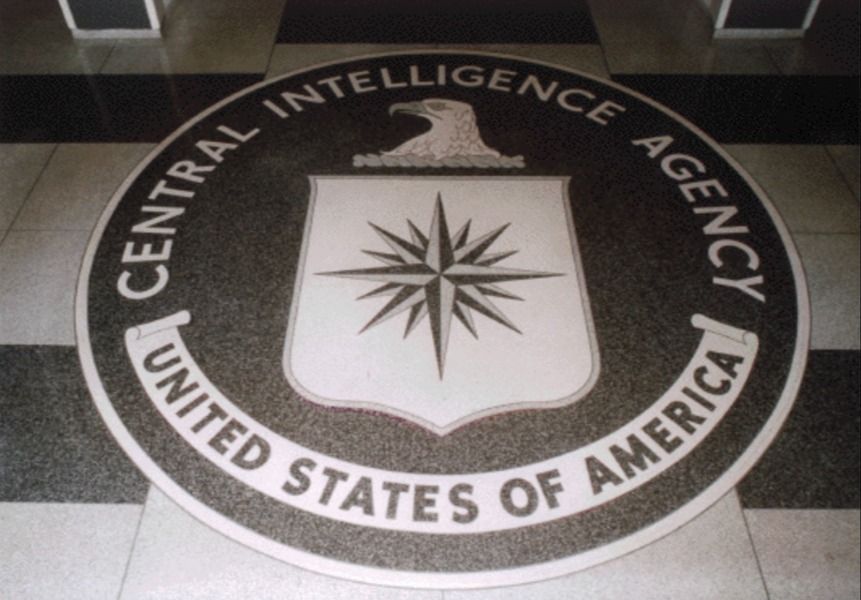Initial Observations on Newly Declassified FISA Documents
With the release of yesterday’s declassified FISA documents, the debate over whether the FISA Court is an effective check on government surveillance activities is over. Or at least it should be.
Before providing some preliminary observations explaining this point, a comment on the release itself: I understand why the Director of National Intelligence (DNI) declassified and released these documents. But I don’t like it one bit.
Published by The Lawfare Institute
in Cooperation With

With the release of yesterday’s declassified FISA documents, the debate over whether the FISA Court is an effective check on government surveillance activities is over. Or at least it should be.
Before providing some preliminary observations explaining this point, a comment on the release itself: I understand why the Director of National Intelligence (DNI) declassified and released these documents. But I don’t like it one bit. I can imagine at least two possible reasons for the release: either the government knows that more leaks are coming and is trying to get ahead of the newspapers, or, it felt compelled to push back against the story line that the FISA Court is just a shadow of a real court. But I hope it is clear that the critics of surveillance activities only see transparency as the first step in a longer fight. The strategy is a one-two punch. The first punch is transparency. The second is to scale back or eliminate our national security surveillance capabilities altogether. Don’t take my word for it, an activist from the Electronic Frontier Foundation said as much in a discussion I took part in on KCRW’s show “To the Point” yesterday.
Moving on, I am still working my way through the documents, but here is what I see so far in the Court’s rulings:
- A signals intelligence agency that brought an embarrassing and significant technical error to the Court’s attention. No sugar-coating here: there was a major disconnect between one subset of the technical implementation and the manner in which the implementation had been previously reported to the Court. As Ben and Lauren explain here, this called into question the Court’s prior determinations that the NSA’s targeting and minimization procedures were reasonable under the FISA and the Fourth Amendment.
- An 80-page opinion from the then-Presiding Judge of the FISA Court, a former federal prosecutor, that takes the government to task for implementing a collection in a way that was different from what the government had originally told the Court.
- A Court that fully understood the issues at play, including the application of the technology involved in NSA’s “upstream” collection to the FISA and the Constitution.
- A Court that had the authority, ability and willingness to the direct the government to correct its actions. A Court that told the government that it could do better, and insisted that it do so.
- A level of confidence that existed between the government and the Court, in that the Court granted the government’s requests to delay its judgment while the government fully investigated the problem and developed information that would help the Court’s consideration of the issues. This confidence enabled important national security surveillance to continue, under the Court’s supervision, while the government gathered data to present to the Court.
- A Congress that was fully informed, in accordance with the FISA statute, through copies of the relevant opinions and the underlying written record, briefings by senior officials and additional detailed reports.
- An internal government compliance and oversight program that likely involved thousands of man hours over a period of months to uncover the nature of the compliance problem and bring that information to the Court.
- A solution reached, in under eight weeks from the Court’s October 3, 2011 opinion, that tightened retention and handling procedures and enabled the Court to find the refined collection activities and procedures compliant with FISA and the reasonableness requirement of the Fourth Amendment.
Carrie Cordero is a Senior Fellow at the Center for a New American Security. She is also an adjunct professor at Georgetown Law, where she previously served as Director of National Security Studies. She spent the first part of her career in public service, including as Counsel to the Assistant Attorney General for National Security; Senior Associate General Counsel at the Office of the Director of National Intelligence; Attorney Advisor at the Department of Justice, where she practiced before the Foreign Intelligence Surveillance Court; and Special Assistant United States Attorney.


.jpeg?sfvrsn=f6228483_10)

-final.png?sfvrsn=b70826ae_3)
